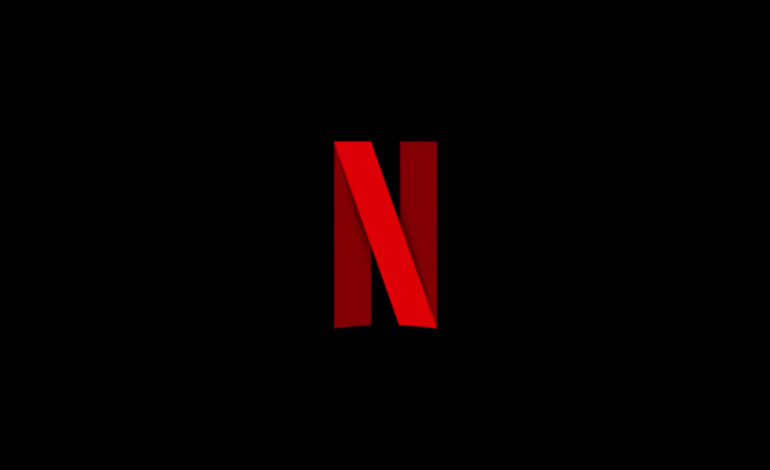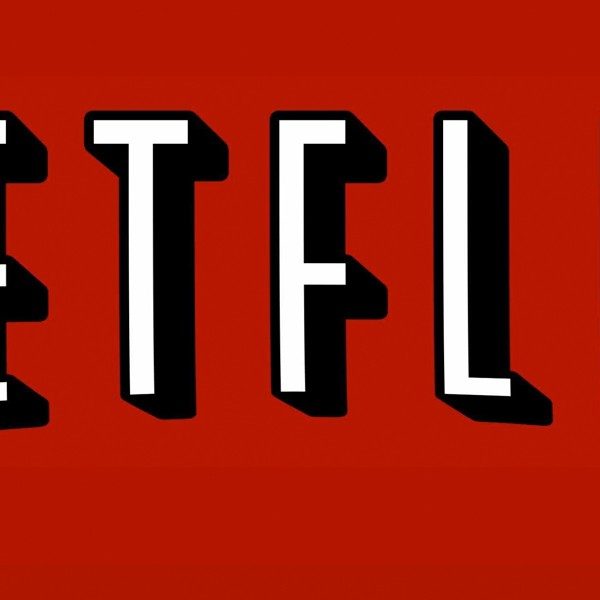

The “tudum” sound is going to cost Netflix subscribers a bit more in the coming year. Ad Week reports the global streaming service will implement a price hike for its U.S. and Canadian users. This is the second price hike within two years for the streaming platform that tallied 214 million total subscribers in October of last year.
According to Ad Week, the monthly subscription changes will go into effect for current users within the coming weeks, depending on individuals’ payment schedules. For the United States, users with the basic plan will see a dollar increase from $9 to $10 a month. The basic plan includes the ability to stream on one single device. The standard plan will climb to $15.49 from its current $14 price. This allows users to stream on up to two devices simultaneously. And the top-tier premium plan, which allows streaming on four devices, will increase a full two dollars to $20. Premium also streams in 4K and Ultra HD where available.
In Canada, Ad Week confirms the standard and premium packages will increase to $16.49 and $20.99, respectively. The basic plan will remain unchanged.
The last price increase occurred in October of 2020 with similar increments for each plan. However, the basic plan had not changed. At almost $16, the standard tier is now more than HBO Max’s ad-free option, which rests at a solid $15.
“We understand people have more entertainment choices than ever and we’re committed to delivering an even better experience for our members,” a spokesperson for Netflix told Deadline. “We’re updating our prices so that we can continue to offer a wide variety of quality entertainment options. As always we offer a range of plans so members can pick a price that works for their budget.”
According to Ad Week, Netflix remains the top-used streaming platform of choice, with at least 100M more subscribers than the next competitor. However, they did experience a snag in growth, partially due to the extreme hindrances the COVID-19 pandemic placed on Hollywood productions across the industry. They saw a 9.4% increase in subscribers in the past year. While good, it does not compare to the pre-pandemic spike of 23.3% they witnessed in 2020.

